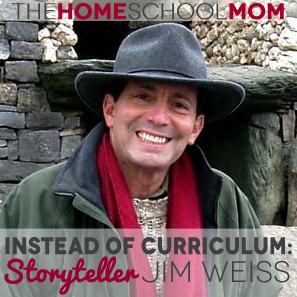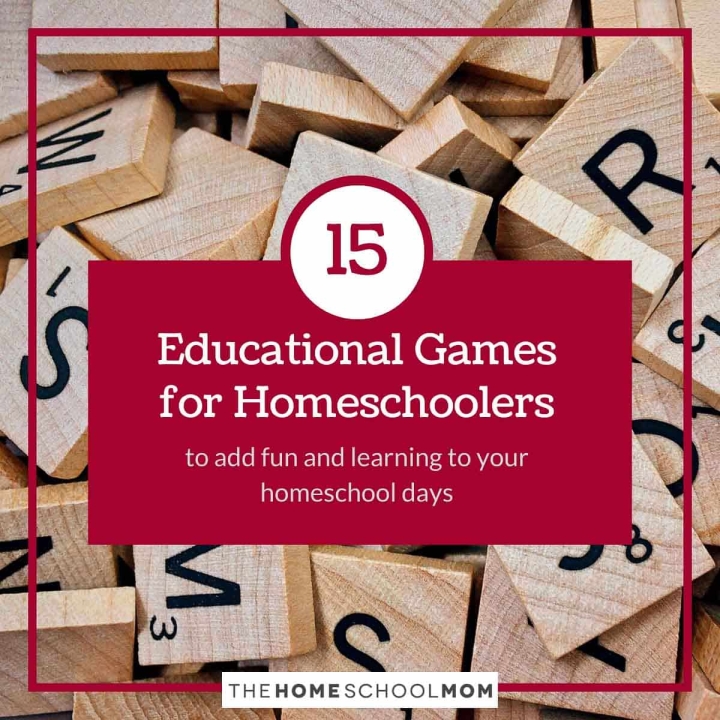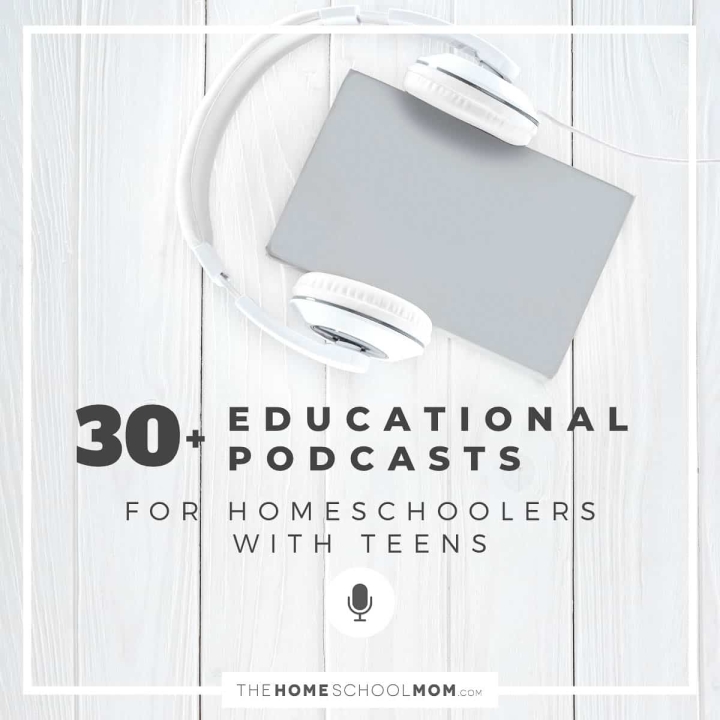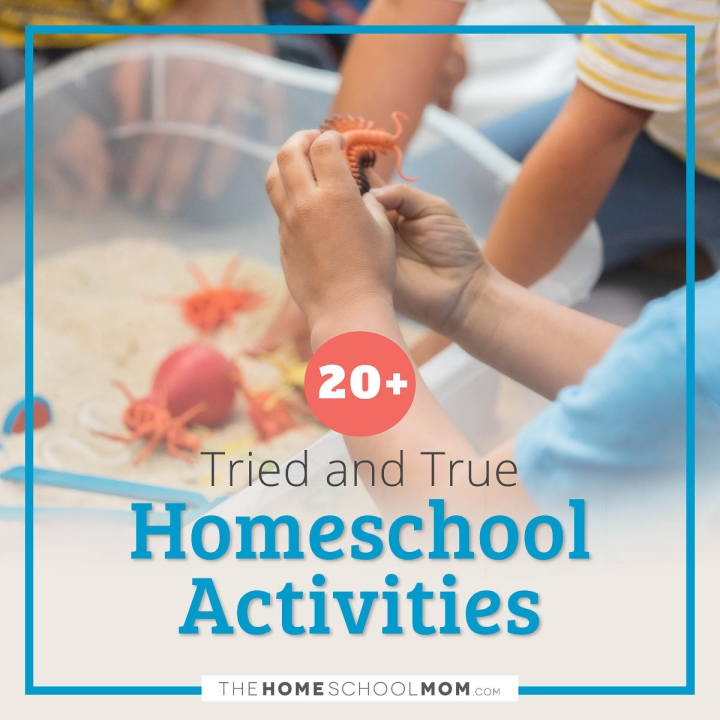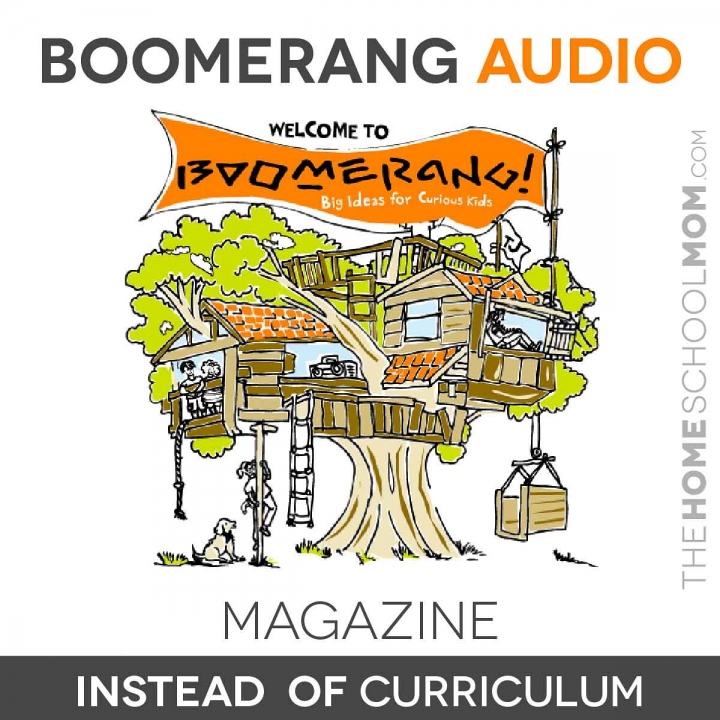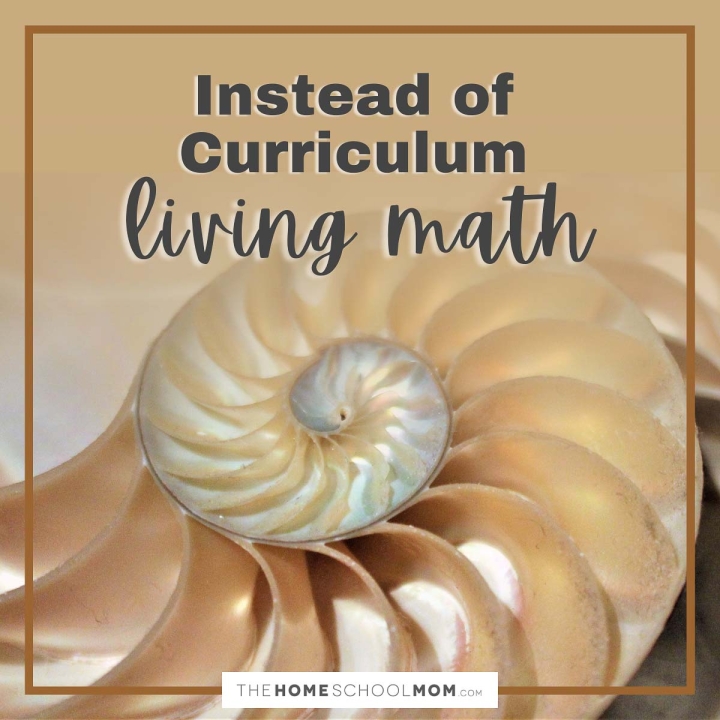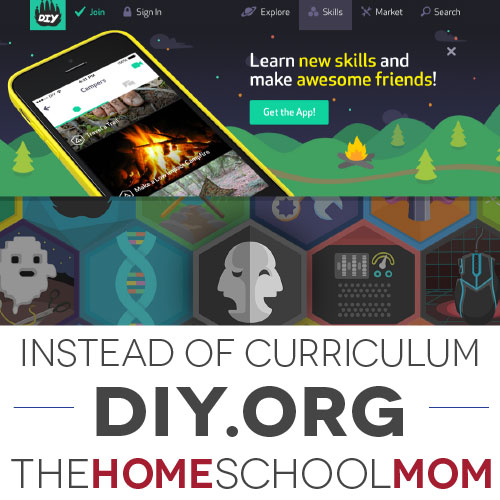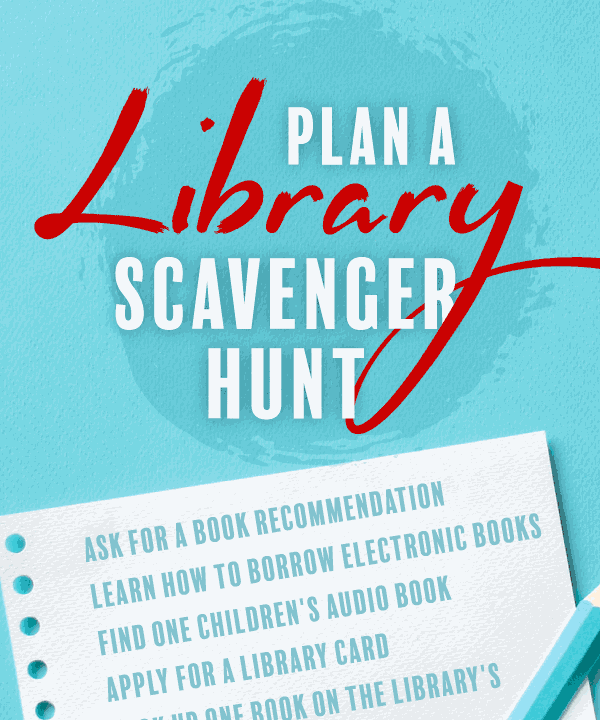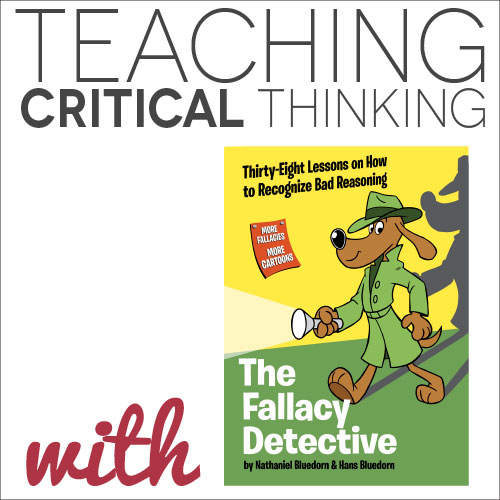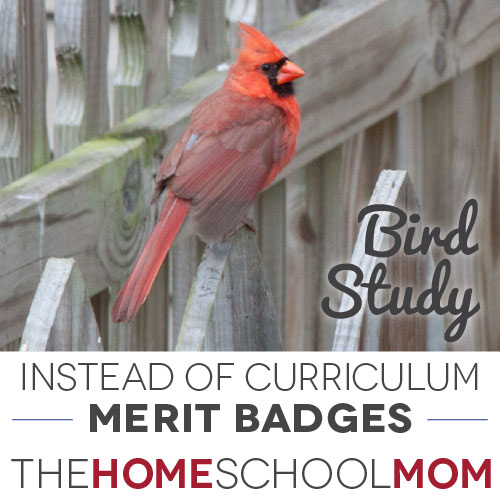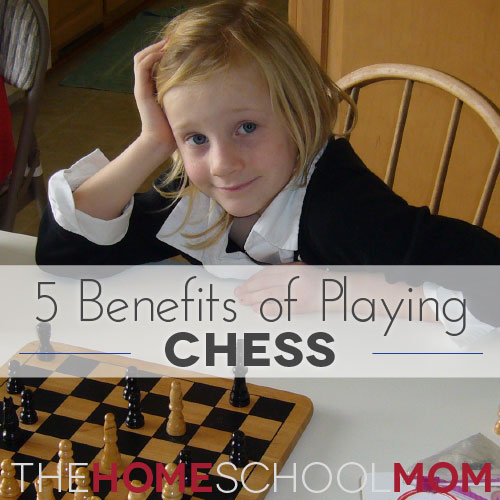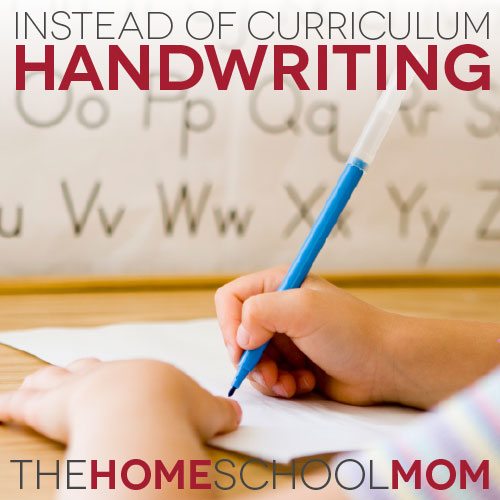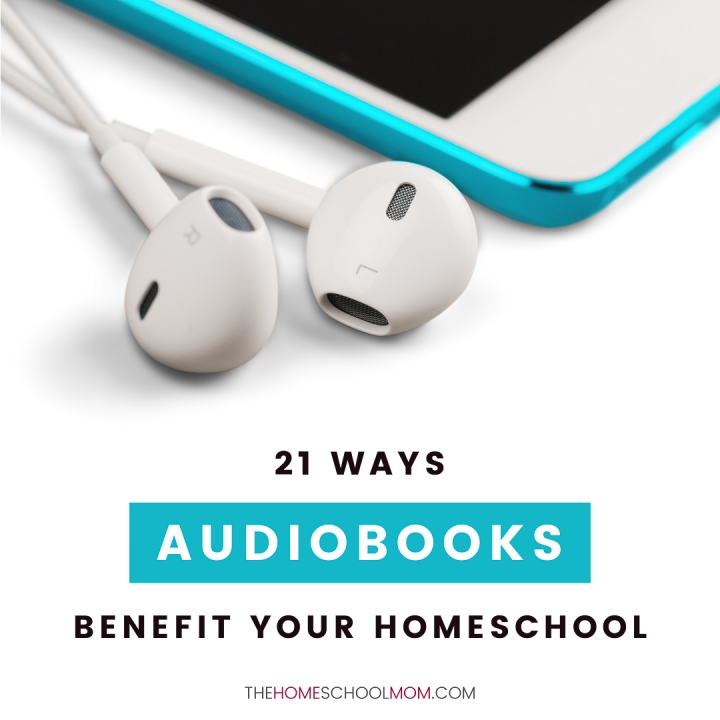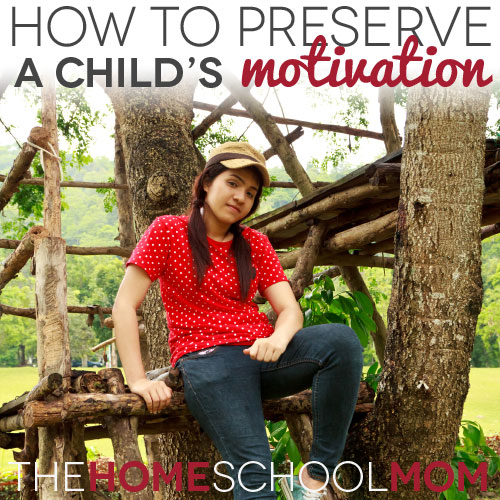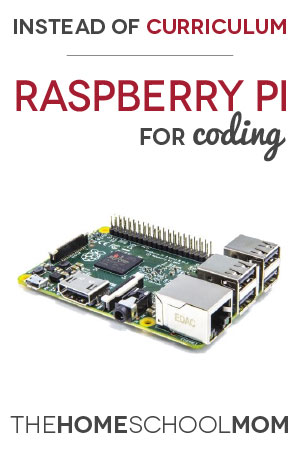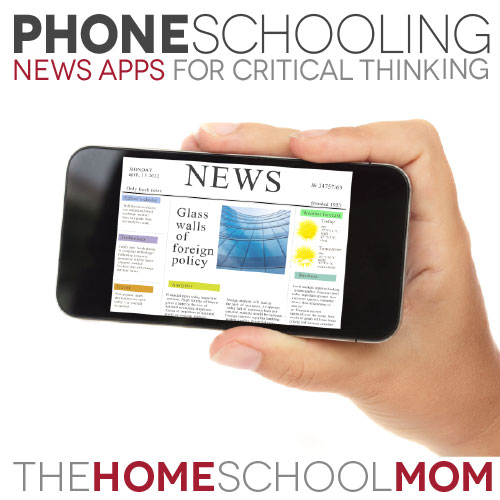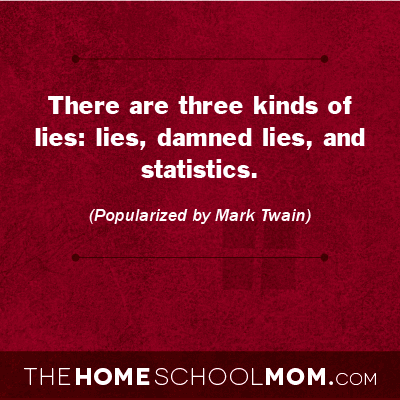Homeschooling Without Curriculum: What to Use Instead of Curriculum
 Whether you are an unschooler, relaxed homeschooler, or just want to see your kids fall in love with learning, you'll find these ideas for how to homeschool without curriculum helpful. Try these learning resources and tips instead of curriculum and discover the many benefits of homeschooling outside of the boundaries of strictly following a curriculum. From dictionary games to engaging audiobooks, these ideas help to turn your home into an environment rich with learning opportunities.
Whether you are an unschooler, relaxed homeschooler, or just want to see your kids fall in love with learning, you'll find these ideas for how to homeschool without curriculum helpful. Try these learning resources and tips instead of curriculum and discover the many benefits of homeschooling outside of the boundaries of strictly following a curriculum. From dictionary games to engaging audiobooks, these ideas help to turn your home into an environment rich with learning opportunities.
-
Thinking Outside the Textbook
-
Instead of Curriculum: Storyteller Jim Weiss
-
Connect with History & Geography Using Family History
-
15 Educational Games for Homeschoolers
-
Instead of Curriculum: Bring Me Bad Writing
-
30+ Educational Podcasts for Homeschoolers with Teens
-
Gameschooling — How to Add Board Games to Your Homeschool Routine
-
20+ Tried and True Homeschooling Activities and Resources
-
Instead of Curriculum
-
100+ Educational Gifts for Homeschoolers
-
What Curriculum Should I Use For My 4 Year Old?
-
Help Your Homeschool with Rabbit Trails
-
Instead of Curriculum: Boomerang Audio Magazine
-
Simple Science and Social Studies with the Seasons
-
Instead of Curriculum: Living Math
-
Instead of Curriculum: DIY.org
-
Teen Tech Project: Building a Computer
-
Instead of Curriculum: The Great Courses
-
The Alphabet Walk: Learning ABCs with Rocks and Trees
-
How to Plan a Library Scavenger Hunt
-
Teaching Critical Thinking with The Fallacy Detective
-
How to Host an International Student
-
BSA Merit Badges {Free Unit Studies}
-
5 Benefits of Playing Chess
-
Swapping Homeschooling Activity Bags
-
The Joys of Authentic Engagement
-
Kids Blogging Unit Studies
-
Instead of Curriculum: Handwriting Practice
-
Instead of Curriculum: Math Games (Fun Multiplication Practice!)
-
No Curriculum Needed Vocabulary Lessons
-
50+ Free Educational Resources To Use Online During Social Distancing
-
21 Ways Your Homeschool Can Benefit from Audiobooks
-
Playful Path: The Most Necessary Book You'll Ever Get For Free
-
9 Benefits of Hosting an International Exchange Student
-
How to Preserve & Empower A Child's Motivation
-
Instead of Curriculum: Tech with Raspberry Pi
-
Fun, Free Dictionary Games
-
Contextual Learning: Homeschooling Through Fashion
-
More PhoneSchooling: News Apps for Critical Thinking
-
Instead of Curriculum: Lies and Statistics
-
Learning Multiplication by Hand: Manipulating Math
-
What Our Interest-Led Homeschool Looks Like with Teens




